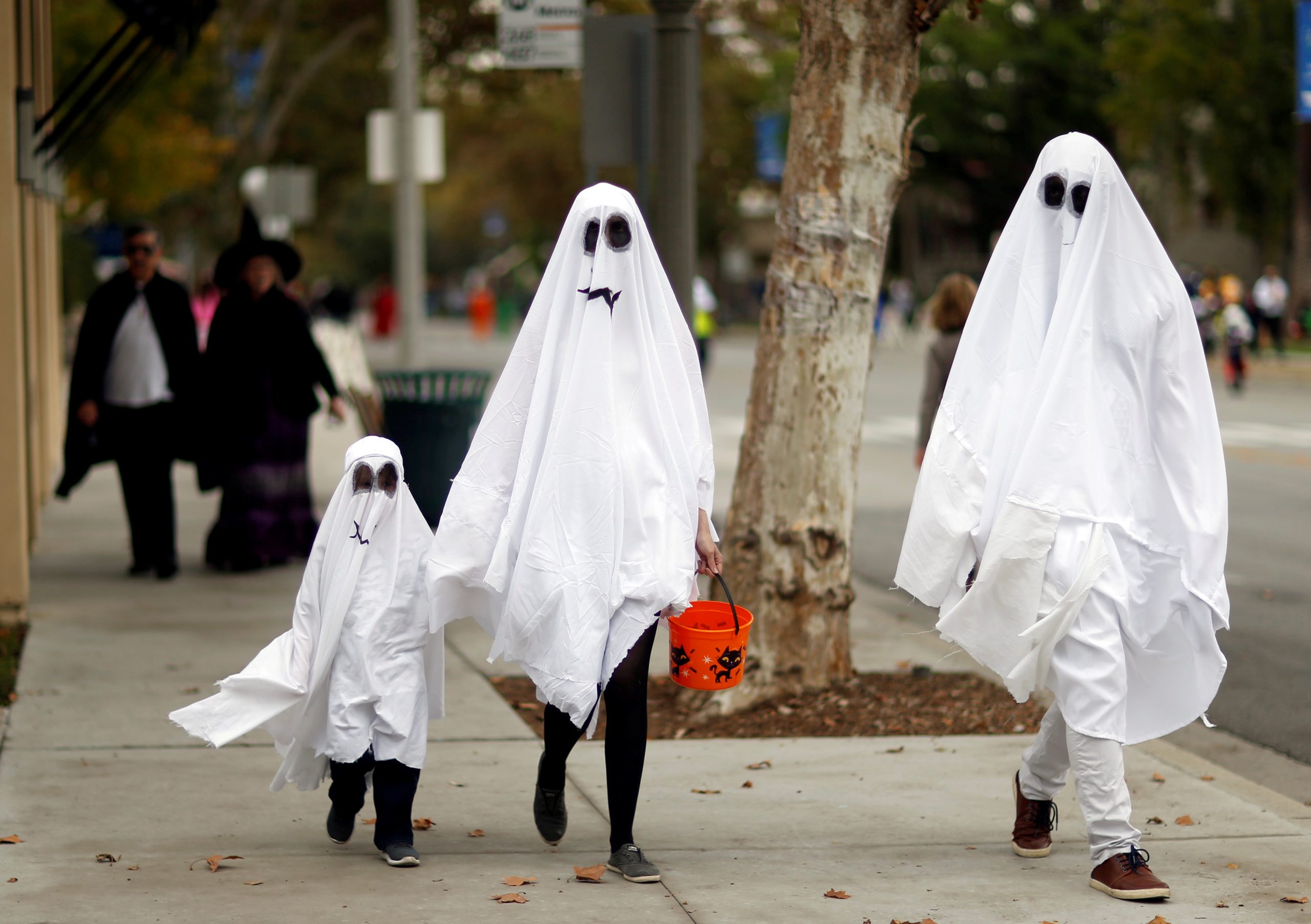The U.S. Centers for Disease Control and Prevention released guidance Americans can follow to slow the spread of the coronavirus while celebrating the upcoming holiday season.
“As many people in the United States begin to plan for fall and winter holiday celebrations, CDC offers the following considerations to help protect individuals, their families, friends, and communities from COVID-19. These considerations are meant to supplement—not replace—any state, local, territorial, or tribal health and safety laws, rules, and regulations with which holiday gatherings must comply,” the CDC wrote.
The agency added, “When planning to host a holiday celebration, you should assess current COVID-19 levels in your community to determine whether to postpone, cancel, or limit the number of attendees.”
The CDC suggests celebrating virtually or with members of the same household pose a low risk.
For those hosting a gathering, the agency suggests hosting outdoor activities rather than indoor activities, host gatherings with only people from the same local area, provide guests with safety guidelines to prevent the spread of the virus, encourage guests to bring supplies including masks and hand sanitizers, and ask guests to avoid people outside of their households for 14 days ahead of the gathering.
During the celebrations, the CDC stresses the importance of wearing masks, practicing social distancing, and washing hands.
The agency encourages those who participated in higher-risk activities to stay home as much as possible, avoid being around people at risk, and consider getting tested for the coronavirus.
The CDC published safer alternatives to celebrating Halloween and Thanksgiving.
Lower risk activities for Halloween include carving or decorating pumpkins with members of the same household or with neighbors while practicing social distancing, decorating the house, having a virtual Halloween contest, and having a Halloween movie night with members of the same household.
Americans can celebrate Thanksgiving safely by having a smaller dinner with members of the same household, preparing recipes for families and neighbors and delivering them without direct contact, having a virtual dinner with friends and family, shopping online, and watching events from home.

























 Continue with Google
Continue with Google